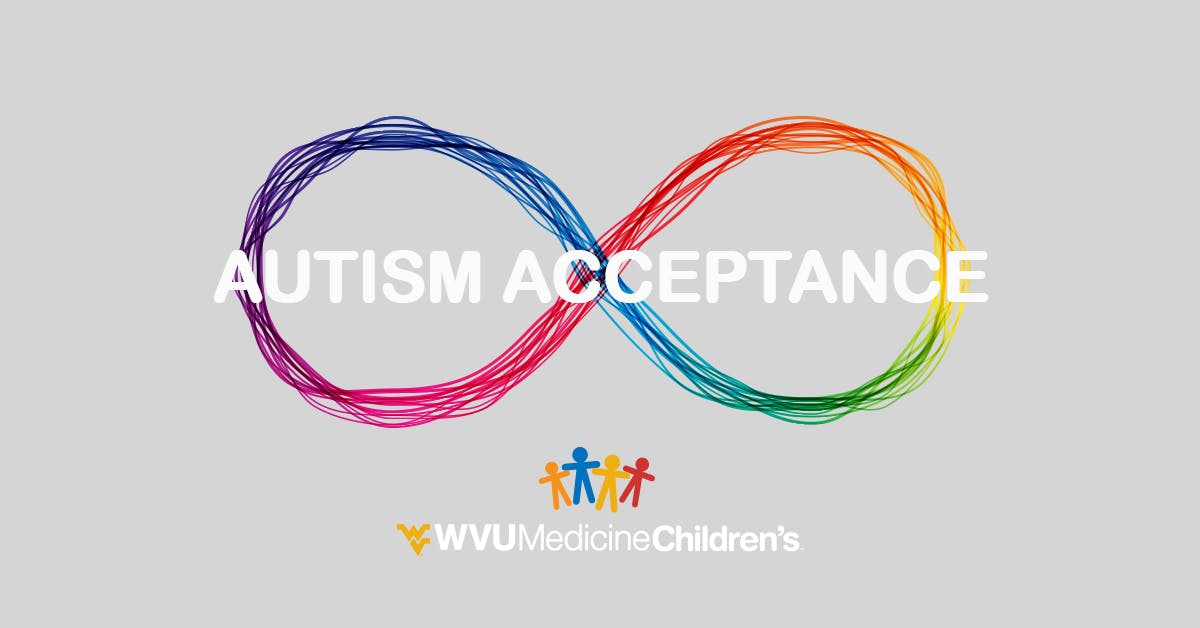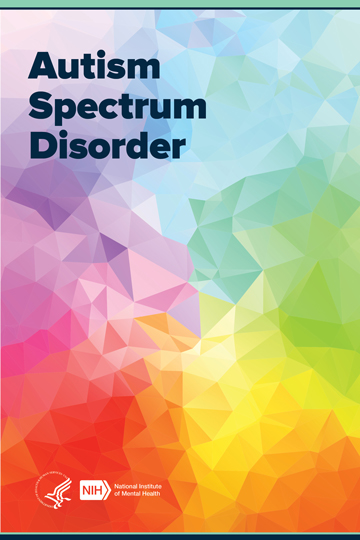The Impact of Very Early Intervention on Youngsters with Autism: What Moms And Dads Need to Know
The Impact of Very Early Intervention on Youngsters with Autism: What Moms And Dads Need to Know
Blog Article
Understanding Autism: A Comprehensive Overview to Symptoms And Signs
Autism Spectrum Disorder (ASD) incorporates a large array of qualities that can significantly affect an individual's social communications and daily performance. Comprehending these nuances not just aids caretakers and instructors in providing suitable support but additionally promotes a more comprehensive atmosphere for people with ASD.
Summary of Autism Range Disorder
Specifying Autism Range Condition (ASD) involves acknowledging it as an intricate neurodevelopmental problem identified by a range of difficulties in social communication, interaction, and behavior patterns. The term "range" shows the vast variability in signs and their intensity, which can vary dramatically from one individual to one more. ASD typically shows up in very early childhood, although some individuals may not obtain a medical diagnosis up until later in life.
Variables affecting the growth of ASD include ecological variables and hereditary tendencies, although the exact causes continue to be under examination. Diagnosis frequently counts on behavioral assessments, as there are no conclusive clinical examinations for ASD. Early intervention is critical and can substantially enhance end results, concentrating on boosting communication skills, social interactions, and flexible actions.
People with ASD might also exhibit one-of-a-kind toughness, such as remarkable focus to information or certain areas of proficiency. Comprehending the complex nature of ASD is necessary for cultivating a comprehensive environment that suits neurodiversity. Proceeded study is vital for creating reliable treatments and support systems, allowing individuals with ASD to thrive and accomplish their potential within society.
Usual Indicators of Autism
Recognizing the usual indications of Autism Range Problem (ASD) is crucial for early identification and intervention. These indicators can differ extensively in intensity and discussion, however specific qualities are frequently observed in individuals with ASD.
One of the most widespread signs is a significant difficulty in establishing and keeping eye contact. People might likewise display restricted interest in social communications and reveal a choice for singular play.
Sensory sensitivities are also typical; people might panic or underreact to sensory stimulations, such as lights, sounds, or textures. autism. Language development can be atypical, with some kids displaying postponed speech or using language in unusual ways, including echolalia-- duplicating sentences or expressions heard in other places
It is necessary to keep in mind that not every person with ASD will display all these indications, and the degree of these habits can differ significantly. Early acknowledgment permits timely assistance and resources, improving the lifestyle for those on the spectrum.
Social Interaction Difficulties
Social interaction challenges are a hallmark of Autism Range Problem (ASD), affecting an individual's capability to engage successfully with others. These problems can materialize in numerous methods, consisting of challenges in launching and preserving discussions, understanding social hints, and reacting properly in social communications.
Individuals with ASD might have problem with nonverbal communication, click here now such as eye contact, faces, and body movement. This can result in misconceptions, as their communicative intent might not be correctly analyzed by others. They might find it hard to comprehend the nuances of tone and context, which are vital for efficient communication.
In team settings, individuals with ASD might feel overwhelmed and may not know how to join in discussions (autism). They may additionally display atypical conversational patterns, such as monologuing concerning specific passions without acknowledging social reciprocity
Additionally, these difficulties can lead to social seclusion or difficulties in creating partnerships, as peers might misunderstand their actions or communication design. Comprehending these social interaction challenges is important for promoting encouraging environments that why not try here advertise social skills growth and enhance the high quality of communications for people on the autism spectrum.
Sensory Sensitivities and Responses
Many people with Autism Range Disorder (ASD) experience increased sensory sensitivities that can considerably affect their everyday lives. A person with ASD might find everyday sounds, such as a vacuum cleanser or crowded environments, overwhelmingly traumatic, leading to anxiousness or crises.
Sensory handling distinctions in individuals with ASD can also impact their capacity to take part in social communications and regular activities. A kid that is delicate to touch may stand up to physical love or stay clear of specific apparel fabrics. A preference for particular appearances or tastes can limit nutritional alternatives and create difficulties during nourishments.
Comprehending these sensory level of sensitivities is important for identifying the distinct experiences of individuals with ASD. Recognition of their sensory accounts can foster better communication and support techniques, producing an environment that suits their requirements and enhances their lifestyle. Inevitably, recognizing sensory level of sensitivities is an important element of comprehending the more comprehensive spectrum of autism.

Supporting People With Autism
Reliable assistance for people with Autism Spectrum Condition (ASD) is essential for improving their total health and promoting independence. Assistance techniques must be tailored to meet the one-of-a-kind needs of each individual, considering their challenges and staminas.

Social skills training can likewise play a pivotal duty. autism. Engaging people in group activities or role-playing situations about his can boost their capability to navigate social communications. Furthermore, it is vital to educate family participants, caregivers, and peers regarding ASD to promote a comprehensive and helpful area
Verdict
By promoting improved interaction and social abilities, individuals with autism can navigate their environments a lot more efficiently. Ultimately, increased awareness and assistance can significantly improve the top quality of life for those impacted by ASD.
Autism Range Condition (ASD) encompasses a vast variety of features that can dramatically impact an individual's social interactions and daily performance.People with ASD may battle with nonverbal interaction, such as eye contact, face expressions, and body language.Lots of people with Autism Spectrum Problem (ASD) experience enhanced sensory sensitivities that can significantly influence their everyday lives.Sensory handling differences in individuals with ASD can also affect their capacity to involve in routine tasks and social interactions.Comprehending these sensory sensitivities is vital for identifying the special experiences of people with ASD.
Report this page